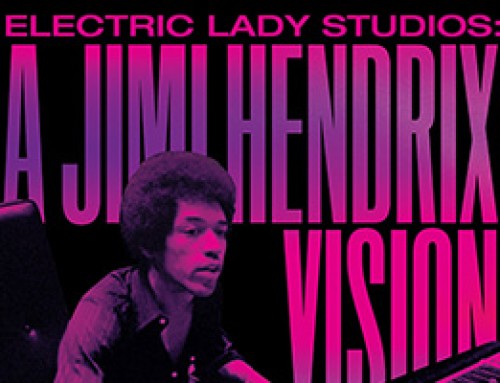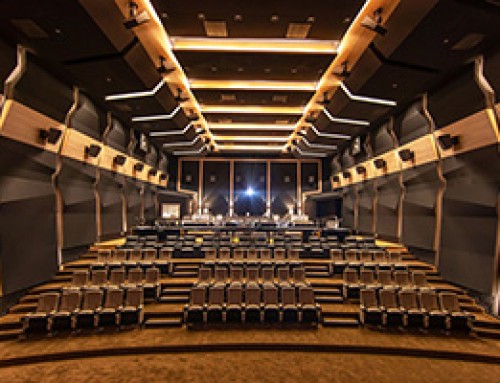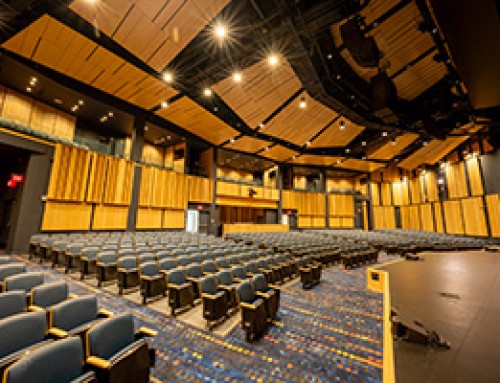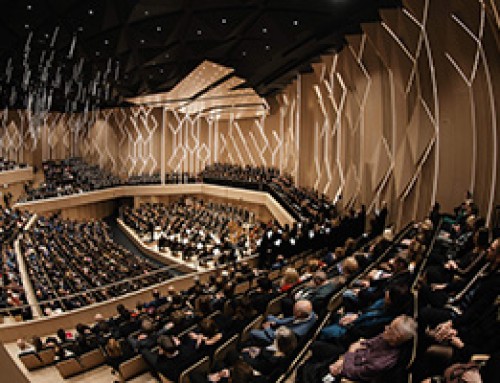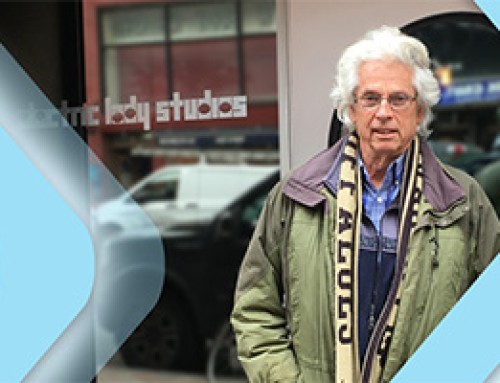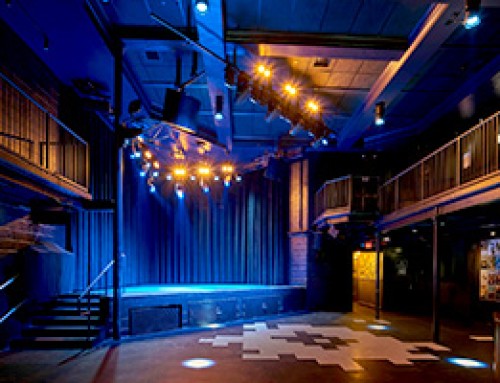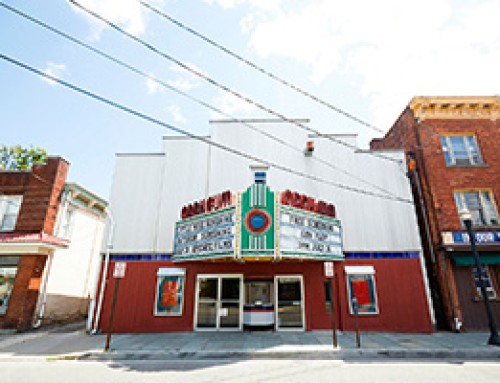PHILADELPHIA, PA: Spice House Sound, a new recording studio offering innovative acoustics and an abundance of singular technology, has set up shop in a gut-renovated former Philadelphia stable circa 1885. In 2011 (21-year-old) ‘audio-impassioned gear head’ Alex Santilli made a cold call to Walters-Storyk Design Group, www.wsdg.com Architect/Acoustician John Storyk. Little did either of them imagine they were embarking on an epic journey of experimentation and discovery.
The spacious live room boasts a 25′ ceiling height. WSDG Project Manager Matthew Ballos reports the groundbreaking, ceiling cloud is a ‘one of a kind marvel of (mechanical) engineering. “Taking full advantage of the elevation, we wanted to provide Alex with the flexibility to track widely diversified sessions. Working together we came up with a motorized, track-mounted acoustic absorption unit, which gives new meaning to the term “ceiling cloud.” We also employed more traditional, wall-mounted variable acoustic treatments. These two systems work hand-in-hand to provide the space with the versatility of sounding like a large live room or a small intimate space.”
“Spice House Sound is a gem,” John Storyk remarked. “Alex Santilli has a genuine reverence for sound. And, he’s an innate ‘gear whisperer.’ He can breath new life into vintage technology most of us would just shovel dirt over. I was intrigued by his vision for the studio, and found him to be a hand’s-on prodigy. He personally implemented the entire systems integration, pulling every wire himself. We appreciate projects that we can have fun with and learn something from. Spice House fulfilled both those wishes.”
At age 13, Alex Santilli went from building Legos to assembling computers. At 16 he began designing custom speakers. By 19 he was mixing on Pro Tools, and had began restoring ‘dead’ analog consoles. In 2009 a local studio owner hired him to ‘resurrect’ expired gear. Before long, Santilli had restored his console and outboard gear, rewired the entire studio, was engineering sessions and, eventually managing the studio. Two years later he was ready to build his own.
“The building provided us with about 2000 sq. ft. of usable space,” Santilli says. “Our live room has a 650 sq. ft. foot print, our goal was to maximize its volume. The room opens to a cavernous 16,000 cubic feet. Our 120 sq. ft. iso booth can function as an overflow mix station. A semi-isolated 90 sq. ft. sound lock can double as a recording space and, it adds to the overall flexibility of the studio,” he adds. “At 400 sq. ft. the fully isolated, room-with-in-room, control room comfortably accommodates 10 and, its’ ceiling slopes from 10 to 14 feet. Taking full advantage of this height, a loft area was created above the control room, iso booth and sound lock. This area acts as a home for the operable ceiling cloud when it’s not in use. All spaces have been wrapped in reclaimed barn wood, which enhances the vibe and amplifies the beauty of the studio. And, band members can actually record from the Control Room roof if they’re looking to hit some especially high notes.”
The heart of the Spice House (www.spicehousesound.com)system has been rebuilt and redesigned with carefully selected components and circuits to attain a performance standard beyond that of professional equipment. By retrofitting state-of-the-art components and op amps, utilizing direct-coupled and transformer-coupled circuits, and expanding bandwidth performance for zero phase-shift in the audio band, Santilli created a distinctive sonic signature to define the studios’ idiosyncratic sound. He spent 8 years designing the loudspeakers and reproduction system, focusing on sensitivity, transient response, true full range response, and linear absolute phase. “We achieved a carefully crafted and measured experience that can only be realized to its full potential in a John Storyk-designed room,” he says.
“No one will recognize the console or the mains. I built them from scratch and have been fine tuning them for a couple of years. One of the special kicks about working with WSDG was having a chance to collaborate with John Storyk.” Santilli concludes. “Matt Ballos and the WSDG team were extremely helpful, and everyone went the extra nine yards. But the idea of picking up the phone, calling John out of the blue, and having a pretty meaningful conversation with him was a great surprise. I see this studio design/ build experience as an extended ‘one-on-one master class.’ I couldn’t be more pleased with the look and sound of Spice House Sound, and I get the feeling John had a pretty good time with this gig too.”
Spice House Sound’s flagship project was Flyermile (sic) a new rock band that took full advantage of the unorthodox shape of the room to cultivate an overabundance of idiosyncratic sounds.







